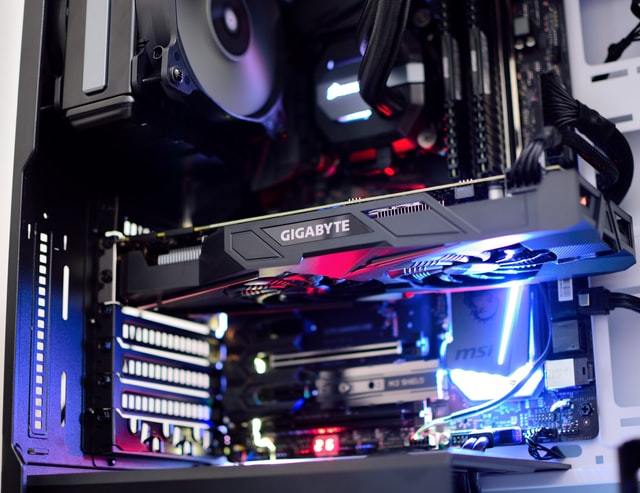What You Must Know About Graphics Card Failures


What happens to a computer once its graphics card fails? Will my PC start acting funny? Is it worth buying another graphics card?
If you experience sudden problems with your graphics card, such as overheating or crashing, chances are it won’t last for long. In fact, your PC might even get stuck at boot time and you’ll have to manually reboot it. While this isn’t a big deal for some consumers, it certainly can be annoying for others who rely heavily on their computers.
“Graphics cards failure” is something everyone has experienced at least once in their life. They can often be very dangerous, especially if you don’t know what they mean or how to fix them. It’s important to identify these graphics card failures before things go too far. This way, you can prevent expensive repairs and headaches down the line.
What to Do When Your Graphics Card Fails
1. Stop Using the Component
The first thing you should do when experiencing problems with your graphics card is to stop using that specific component entirely. If your video card starts having issues while you’re gaming, turn off the game, unplug your power supply unit (PSU), disconnect any peripherals attached to your system, and move onto another device. By doing so, you can avoid damaging other components of your setup due to voltage spikes.
2. Check for Performance Issues
While you wait for your GPU to cool down, take note of which games you play most frequently, and find out whether you notice any performance issues during those sessions. These games could be causing more stress than usual on your PC, which may not be apparent until you switch over to an alternative.
If you’ve already tried switching to lower-profile titles, consider lowering the display resolution until there are no performance issues. If you still aren’t able to run your game properly, then either your graphics card is faulty or you need to upgrade.
3. Identify Any Outstanding Issues
When trying to identify a problem, focus solely on games that are related to your current hardware configuration. For instance, if you recently purchased a new monitor, only test it after playing a couple of games on high settings. Even though you might be able to use your old monitor, make sure you check for any potential issues related to older parts.
4. Consult Repair Centers and Support Forums
Your local technicians and online forums will likely cover all things related to your particular component. You can search the Internet using terms like “computer graphics card,” “graphics card issue,” or “overheating.” Once you receive an idea of the symptoms, try diagnosing the problem yourself. Perhaps your PSU or motherboard needs replacement, or perhaps your graphics card itself requires replacement. Either way, a few hours of research will save you from potentially spending many times the price of a new board or card in the future.
5. Make Sure Your Power Supply Unit Is Up To Date
To ensure that your PSU doesn’t fail, contact the manufacturer to see if there are updates available. Some popular brands offer free upgrades, but others charge for replacements and fixes while playing casino en ligne. Look into your documentation carefully, since different models might require different solutions.